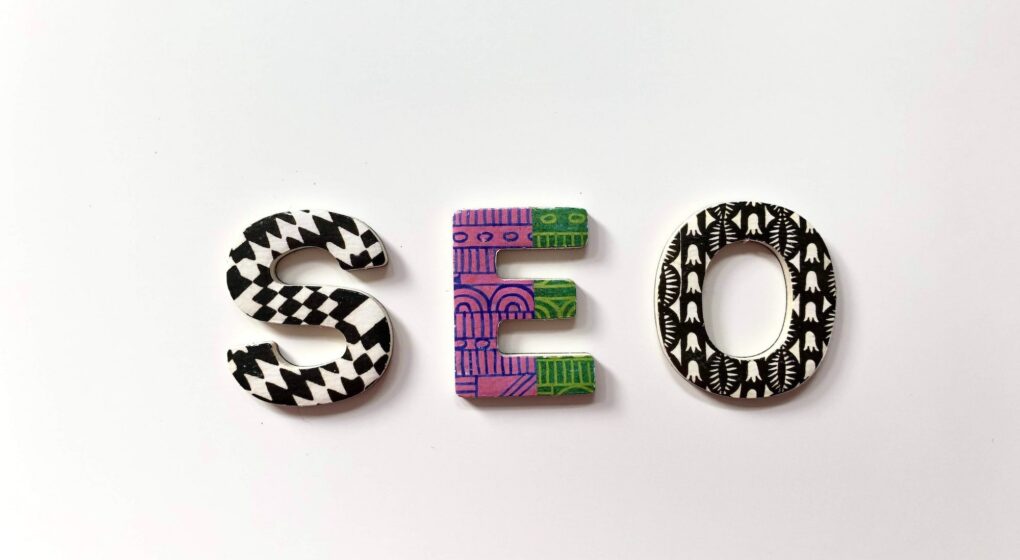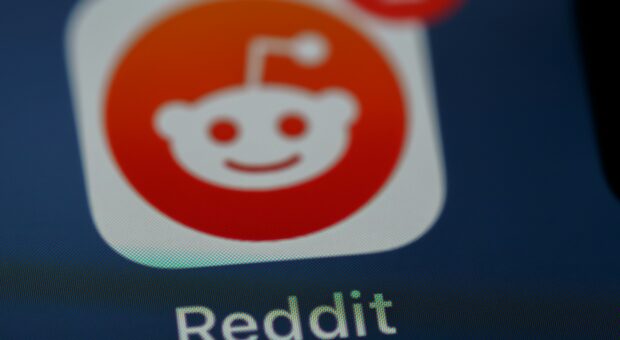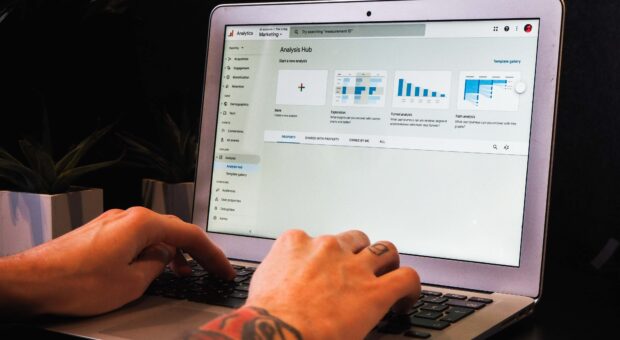
Diving into the complex world of search engine optimization can be rather daunting, especially if you’re just starting out. Most high-level best practices are fairly straightforward to understand and implement, but some aspects of SEO can be highly technical and a bit confusing, so we’ve gathered a list of the top SEO tips to get you started. For today’s purpose, we’ll be focused specifically on on-page SEO.
First, a quick distinction between on-page and off-page SEO:
On-page SEO focuses on tools and techniques used to optimize your own website. With on-page SEO, you’re working on creating a user-friendly website which will translate into a search engine-friendly website as well.
Off-page SEO focuses on strategies for optimizing and promoting your brand on all web sources besides your own domain. With off-page SEO, you work to get exposure for your brand on external sources, as well as building trust and authority with your content. Off-page SEO also includes contextual links set up within your own site linking to the pages you’re optimizing.
Below, we’ll break down the best practices for on-page SEO, so the next time you’re working to optimize a landing page or piece of content, you have a quick list of valuable steps and techniques to reference. We’ll cover off-page SEO in another post!
On-Page SEO Best Practices
Do on-page SEO for all of the copy you write
Whenever you write something new, consider how you’re writing the title tag, H1, meta description, and body content. These elements of any landing page or post are most relevant to search engines, so should make strategic use of keywords and phrases within them.
Create a succinct and relevant headline (H1 tag)
Your headline (also known as your H1 tag) needs to be compelling enough to prompt a user to read more and continue to click onto other pages on the site, but it shouldn’t necessitate lots of words to get your point across. Creating a succinct and relevant headline that incorporates your target keyword (or a close variation) will be most successful. There is some debate about how long a headline should be, but we recommend sticking to about 60 characters.
Write a meta description and title tag that entices a user to click-thru to your page
A meta description is a short synopsis of the webpage’s content, and is typically between 150-160 characters in length. A title tag is a shortened version of the H1 tag (also what you’ll see in your browser’s tab) but not visible on your page. The combination of your meta description and your title tag is what a user will see in the SERP, and ultimately will dictate whether a user clicks your link or moves on to another. Make sure that both your meta description and your title tag have relevant keywords included, establishes you as a knowledgeable authority, and leaves the user wanting more.
Plan keyword attribution and URL naming
When creating a URL, use simple, descriptive words and keep it concise. It does not necessarily have to match the title tag or H1 of your page, but should be contextually similar. Keeping it brief and clear is most important.
Write articles that are 100% unique and around 1200-2000+ words in length
This is probably a given, but authenticity and originality are both super important to Google. If you take content from another source and use it as your own, your site will likely be penalized. So just don’t do it! Your readers want information unique to you anyway, so keep it original and over 1200 words for the best ranking opportunities.
Add long-form content in collapsible sections
Sometimes a page with lots of long-form content can be really daunting, so it’s smart to break it up into more digestible bits of content. If you give each section a clear and strong title, then you can collapse large amounts of copy under the title, so a viewer is able to read just the segment that pertains to them.
Offer a compelling CTA, and place it above the fold
A CTA (call-to-action) gives the reader a next step – usually an opportunity to sign-up for additional information, or a content asset for immediate download. By giving something away, you’re simultaneously collecting valuable user information, and giving the user something of value to them. By placing it above the fold, you ensure the reader sees it even if they’re just on the page for a short time. In addition or as an alternative, you could also consider adding a pinned CTA to the page header, which remains in place regardless of scrolling, and offers a persistent reminder to the reader.
Keep page speed in mind
Page speed measures how long it takes for a specific webpage to load. Several factors determine page speed, but as a marketer, you want to focus on those you can control. Things like file size and image compression can increase or decrease page load time, which is often a measure of what the user experience will be like once they land on that page. As such, Google uses page speed as a primary metric when determining the ranking of SERPs. A faster loading page will end up higher in organic rankings, garnering more traffic, and contributing to a more successful website overall.
Link to 1-2 topically relevant internal pages on your own website
Linking to relevant articles or pages on your own site within a piece of content sends signals to Google about which pages are most important. This helps establish information hierarchy for your website, and also helps users navigate around your website to find the content and pages most relevant to them.
Add relevant video(s) above or across the fold
Video content is far more engaging than still images or text, so if it’s relevant to your page topic, try to find a way to incorporate it. It’s especially helpful for those who are visual learners, and/or for conveying an idea or topic that may be easier exemplified in video vs. through written word. It also helps to enhance the depth and quality of your page’s SEO, just make sure you place it above or across the fold (visible without scrolling) so a user is sure not to miss it.
Use original, high-quality images
Visually captivating imagery helps to draw a user in and keep them interested in what they’re reading. From an SEO perspective, remembering to appropriately name your image files, add ALT tags, and size your images appropriately (for optimal page speed, as discussed above) will help improve your rankings. Make sure that you incorporate keywords and phrases that are reflective of each image, and aligned to your target keywords and page content.
The Takeaway
As you start to write more content with an SEO lens, these practices will become more ingrained and second-nature. As with many other marketing initiatives, SEO is not a “one and done” type of project, but more of an everyday practice to adopt. It requires consistent efforts with each new landing page or piece of content to see long-term results. Patience is the key! Ultimately, your website ranking is only as good as the SEO effort you put in, so it’s really worthwhile to put the time in up-front to reap the rewards later on. And if you need SEO support, reach out to VONT!
About VONT Performance Digital Marketing
At VONT we believe that change is the only constant in the digital world – and that excites us. When tools and environments are constantly changing, new opportunities to help our clients achieve success are constantly arising. Each new advertising technology, social platform, or design approach allows us to improve on the results we achieve for our clients.
We believe in this idea of continual fine-tuning so much that we named our company VONT, which means to achieve exponential improvement in incremental steps. It is our core belief, and the reason why we are not simply a web design company or simply a digital advertising agency, but rather a long-term, single source partner providing a comprehensive array of web development and digital marketing capabilities.

